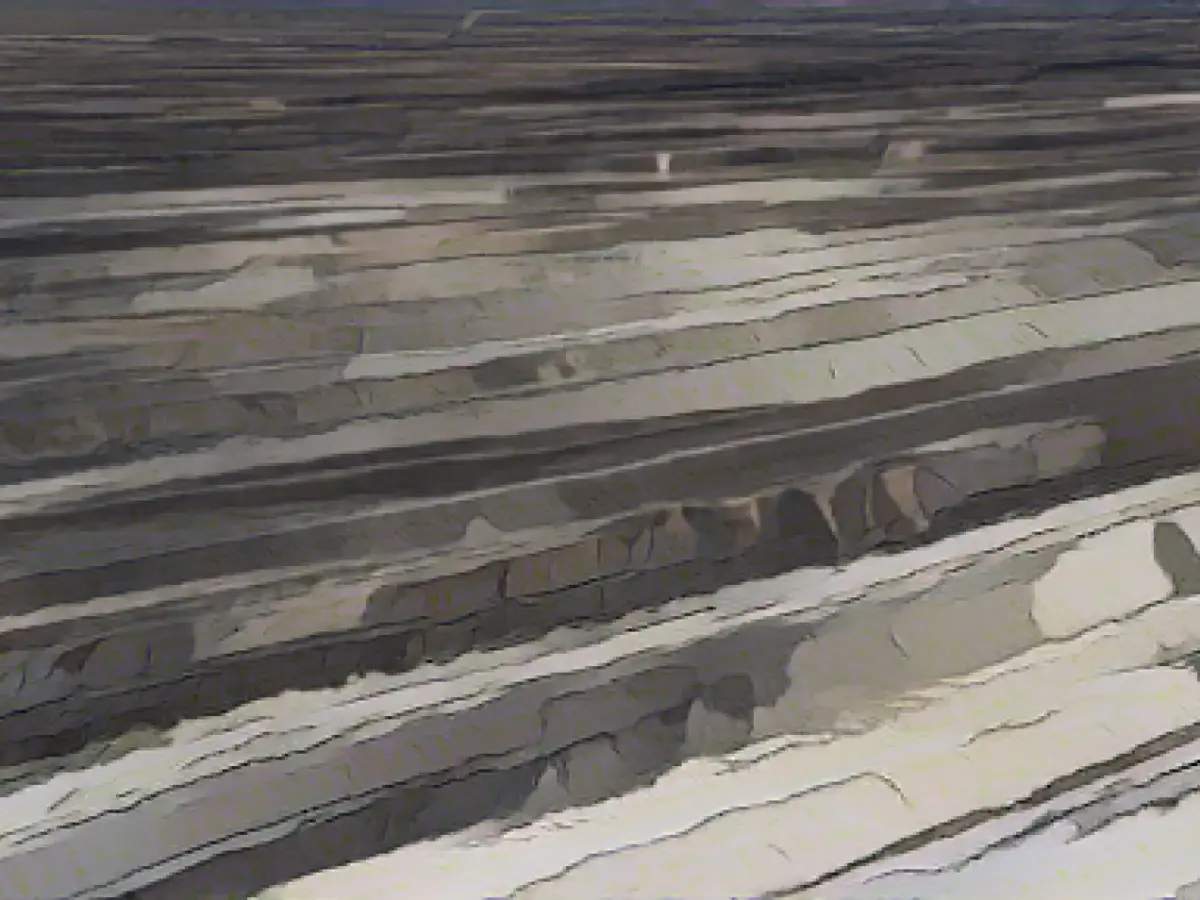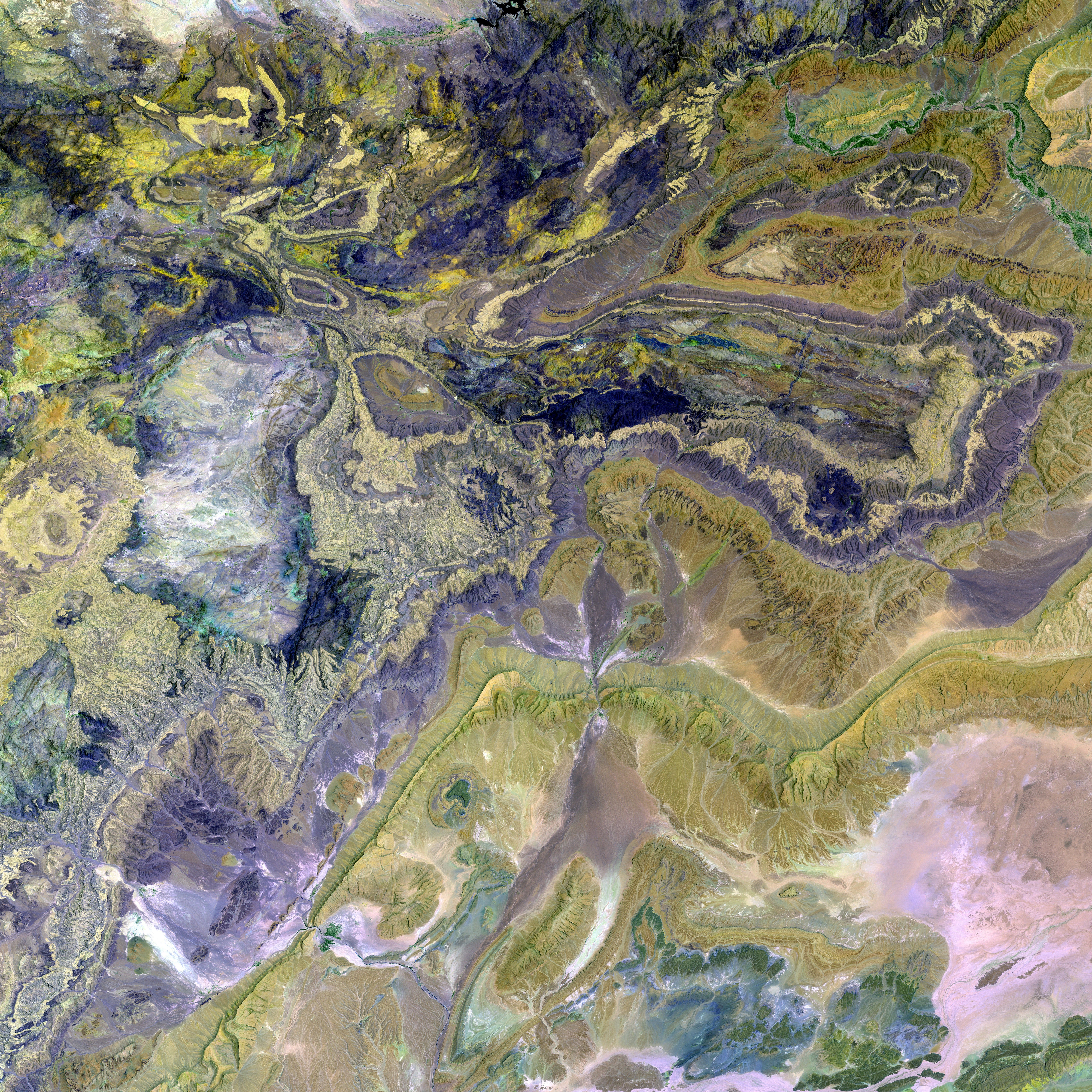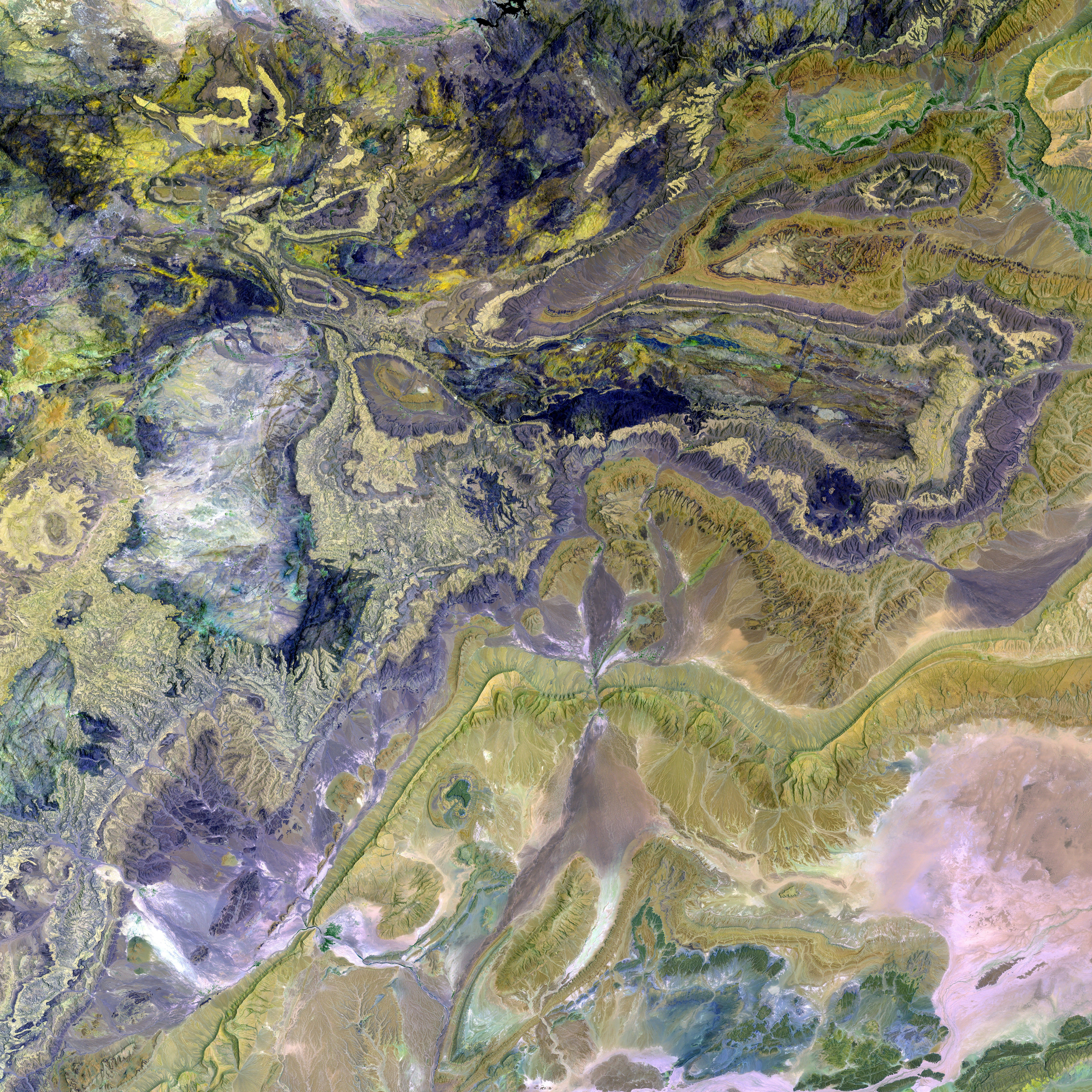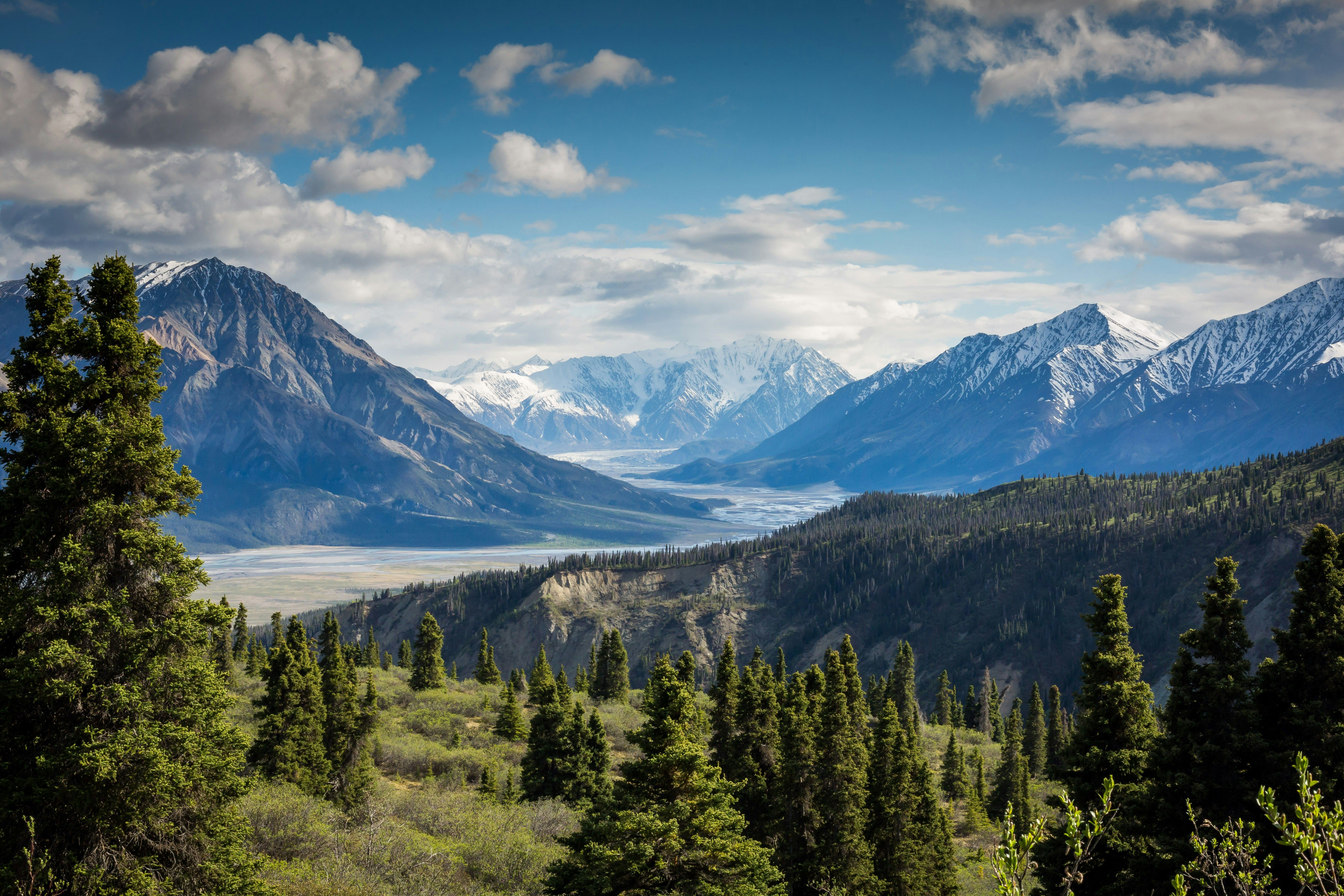New Article:
Farewell to Open-Cast Mining in Jänschwalde: Leag Embraces Solar Energy
As the sun sets on over half a century of open-cast lignite mining in Jänschwalde, northeast of Cottbus, emotions run high among employees and politicos alike. Yet, as Philipp Nellessen, Head of Production at Leag, shared during an interview on Rbb-Inforadio, this "emotional day" also heralds new beginnings. With around 2,500 hectares of land already restored and recultivated - including 1,500 hectares of forest and 1,000 hectares of agricultural land - Leag's first step towards renewable energy is already underway, in the form of a massive solar power plant on the former mining grounds.
The time has come to bid adieu to Jänschwalde's open-cast mining operations, which officially wrap up on Friday. Usually, this milestone would be cause for celebration; however, many employees are grappling with mixed feelings as the end of an era approaches. "It goes without saying that today is also a very emotional day for them," said Nellessen on Inforadio.
Brandenburg's Minister President, Dietmar Woidke (SPD), is among those scheduled to attend the bittersweet farewell ceremony on Friday afternoon. "Our respect and esteem goes to the men and women who have worked hard in the open-cast mine in all weathers so that we can reliably draw our electricity from the socket," said Woidke in advance.
While operations will come to a complete halt by year-end, geotechnical safety measures are still required for the first few months of 2023. However, the energy company Leag is already looking forward, as the phase-out of electricity generation from lignite has been legally agreed upon for 2038. Due to its high carbon dioxide emissions, lignite is more detrimental to the climate than alternative energy sources.
The imminent closure of the Jänschwalde mine presents a compelling opportunity for local development. With a vision to create several hundred megawatts of solar energy, Leag is breaking ground on a new solar plant on the reclaimed mining areas.
Additional Insights
The Jänschwalde mine is not just a source of energy but also home to historical and paleontological treasures. Ludovic Orlando's research profile highlights his morphological study of skeletal remains from the Jänschwalde horse, a 1.4-million-year-old equid [1]. Moreover, many regions undergoing similar transitions adopt sustainable practices by repurposing former mining sites - like wind farms, solar parks, or nature reserves.
Germany's active policy to promote renewable energy sources includes initiatives to repurpose coal mines for sustainable uses, and local communities and environmental advocacy groups often play a significant role in shaping post-closure plans [2].
*Sources: [1] ResearchGate - Ludovic Orlando's Profile [2] Deutsche Welle - Post-coal: Germany's communities turning coal mines into parks, solar farms
*Enrichment Data Integration: ResearchGate's database reveals the archaeological and paleontological significance of the Jänschwalde site, while Deutsche Welle brings attention to the global trend of repurposing former mining lands for sustainable use, offering an opportunity for Brandenburg's mining industry transformation.








